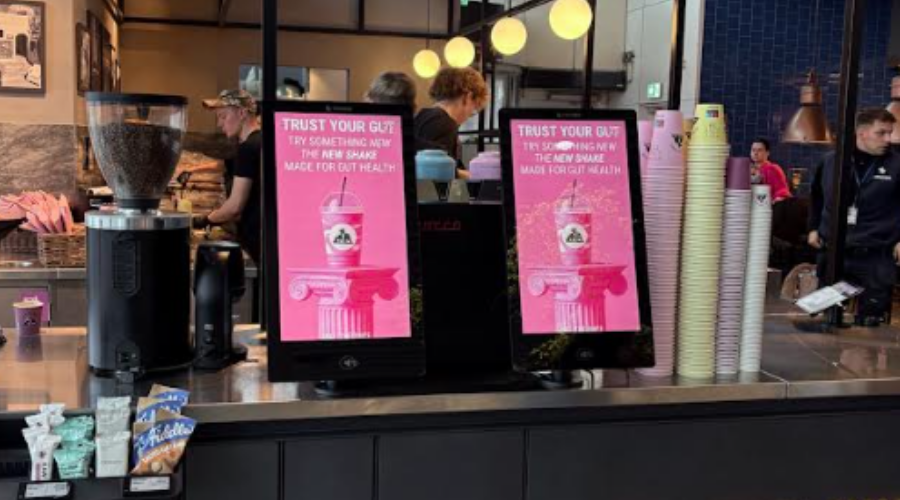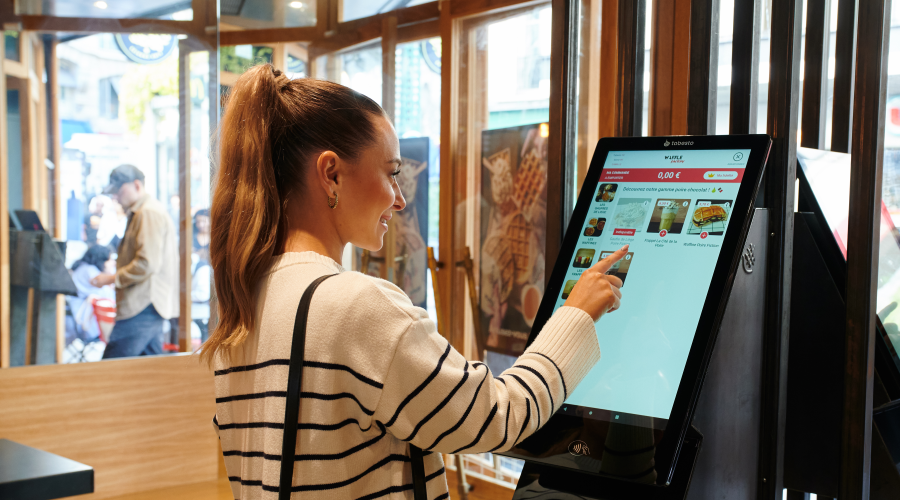6 trends that are influencing the restaurant industry
The conditions for success in the restaurant sector are changing and businesses have no choice but to adapt, which inevitably creates tensions and raises questions.

The restaurant industry is a great place to work, but that doesn't mean it's easy to do business.
The conditions for success in the restaurant sector are changing and businesses have no choice but to adapt, which inevitably creates tensions and raises questions. After the pandemic, some prophets of doom have already announced the end of restaurants offering table service. This is obviously nonsense. People always gather around a table to eat and drink.
What will change, however, is the framework and how customers will access it.
New opportunities are emerging, while traditional ways of working are losing momentum. This proves once again that agility plays a crucial role in the survival of a restaurant.
To prepare for the future, it is essential to assess the present. So let's take a look at the six ways the industry is changing.
1. Off-school is here to stay
A few years ago, this idea would have been met with slight skepticism. Today, you are more likely to get a solid “clear!” as an answer.
Consumers no longer think of a restaurant as just a place where they can sit and have dinner. They see a restaurant as a food brand that they can interact with in a variety of ways, across multiple touchpoints and channels.
One of these channels is the off-school and the requisition is massive. If one thing is certain, it's that people want to be able to have ready-to-eat food delivered to them, wherever they are.
2. Technology is no longer a luxury
It has always been very difficult to manage a restaurant. The number of seats that need to be covered to get by is huge and the competition is eagerly awaiting a downturn. Luckily, today's technology can help restaurant owners keep all their cutlery.
The digitization of restaurants is still in its infancy compared to other sectors. Therefore, until technology is fully adopted by all restaurant players, it will continue to be a critical driver of progress and a huge competitive advantage for businesses that will already be one step ahead.
What is remarkable is that the goal of digital transformation is expanding. In the past, digitization revolved around the point of sale system and related tools, while today, back-of-house solutions are increasingly being adopted to deal with the increased complexity of production management and the growth in the cost of selling products.

3. Menu engineering is essential
Supply chains are fragile. As a result, for restaurants, it is not always possible to source the usual range of ingredients and, in addition, raw material prices can rise rapidly, causing an equivalent reduction in margins.
This situation has brought menu engineering back to the forefront of concerns and it is not about to give way. Why? Well, because all management teams want to be in a position to be able to react quickly to changes in the market.
As for the menus themselves, they are getting smaller and smaller. Smaller menus reduce costs and are easier to make, even with minimal staff, increasing operational efficiency. But with fewer items on the menu, restaurants can't afford to make mistakes on any of them. Hence the growing importance of menu engineering.
Menu engineering consists of developing an optimal menu that consists only of dishes that are very profitable and in high demand.
4. The way employees work is changing
To say that the sector is experiencing a shortage of staff would be an understatement.
Restaurants can't find enough staff quickly enough. That means employee training is more important than ever. Restaurants need to be able to train new employees, who may be unqualified, as quickly and efficiently as possible. And they need to do so without having to put unnecessary additional pressure on current employees.
Fortunately, innovative digital solutions are coming to the rescue. For example, Apicbase's recipe library allows restaurants to create recipe training guides with step-by-step methodologies. This makes it possible to considerably speed up the formation and deployment of menus in all establishments.
The “new reality” is that there are many new sales channels, such as selling on the sidewalk, on the Drive, ordering by cell phone, etc. And the consequence is that many positions will become cross-functional rather than specialized.
Order kiosks become a powerful ally for employees, taking the form of support for taking orders and cashing out during periods of rush. Restaurant employees can thus be allocated to production tasks in the kitchen or preparing orders.
5. Franchises will get a bigger slice of the pie
Over the past decade, it has become increasingly difficult for independent restaurants to stay afloat. For many, the pandemic was the coup de grace. On the other hand, customer demand has always remained strong, which means that a lot of market shares are to be taken.
Franchise systems could well recover these market shares. They have proven that they can handle adversity much better than their independent competitors. And while franchisors were able to get through the pandemic without too much damage, they are now attracting the interest of investors. Add to that favorable real estate conditions, low interest rates, and a large number of unemployed restaurant owners, and you can see that franchise systems have a head start.
6. Real estate in the restaurant sector will decrease
With the acceleration of digital ordering, restaurants will have to think twice about their real estate configuration. By adapting to the increase in off-establishment sales, restaurants could end up reducing the area of dining rooms and increasing the area of their kitchen, their take-out and order pick-up areas. In doing so, they are redefining their priorities to put the customer first and maximize profits.
Final thoughts, to succeed in the future, restaurants must be able to adapt quickly to commercial conditions and constraints. They will also need to be able to streamline their operations, develop a high-quality menu, and train and retain employees.
About Apicbase
Apicbase is the backbone of multi-site restaurants, dark kitchens, and large-scale catering. The F&B management platform integrates with your point of sale, suppliers and accounting. This gives you total visibility into your costs and back-of-house processes such as inventory, menu development, planning, and traceability, allowing you to evolve more effectively.
Discover more blog posts
Discover the feedback of those who boosted their turnover and optimized their order taking



